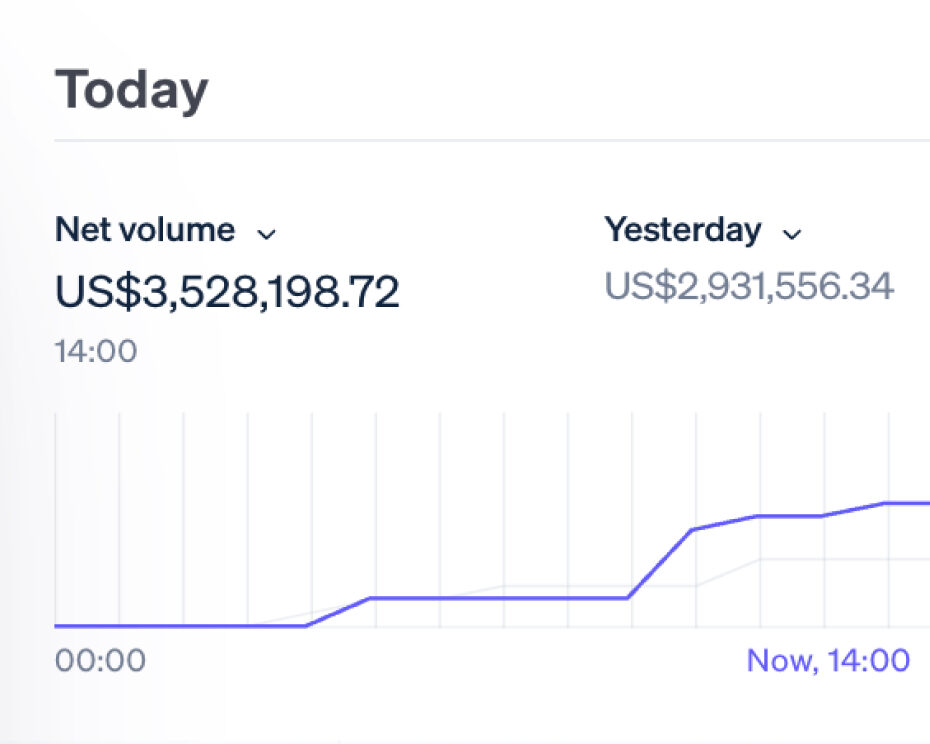Dynamic Pricing or Pricing Dynamically?
Businesses can no longer rely on static pricing models. Unlike cost-plus pricing which is simple and involves adding a predetermined profit margin to the cost of production, dynamic pricing requires sophisticated systems and an understanding of market factors. Competitor based pricing is also important in dynamic pricing as it involves constant monitoring and adjusting prices based on competitors’ pricing to stay competitive, especially in dynamic markets like e-commerce.
Dynamic pricing isn’t just about changing the numbers in your sales, it’s about creating an intelligent, flexible strategy that reacts to market shifts, customer behaviour and competitive trends in real time.
What does pricing dynamically really mean?
Traditional pricing models are no longer fit for most businesses today. Modern organisations need a pricing strategy that allows them to be agile, leverage data and meet changing customer expectations. ‘Pricing dynamically’ means being able to be more agile while making informed and fast decisions by monitoring competitor prices and adjusting accordingly.
But customers will still look for transparency and fairness and the best strategies will communicate price changes clearly and demonstrate value. Dynamic pricing is fair as long as marketing practices don’t mislead consumers about price reductions.
When a company’s sales are strong, raising prices can maintain customer trust. Plus dynamic pricing is legal in many countries, but you need to comply with regulations around misleading pricing and anti-competitive practices to avoid legal issues.
Challenges and opportunities
With global supply chains and multiple sales channels, these industries generate huge amounts of data per hour but many businesses still struggle with legacy systems and data management when it comes to pricing which limits their ability to react dynamically as costs or demand changes.
Most ERP systems can’t manage complex pricing strategies. As a result, pricing teams rely on static spreadsheets which limits efficiency and responsiveness. But pricing is ready for digital transformation. By adopting a fast pricing engine that can automate rule based price adjustments, implement various dynamic pricing methods and integrate with any ERP, businesses will be able to unlock significant opportunities for more advanced and dynamic pricing strategies.
A dynamic pricing model allows you to adjust prices in real time based on demand, competition, and inventory levels. As we move into 2025, a dynamic pricing strategy will be an essential tool for businesses, a new way of thinking about value, customer relationships, and business agility. Monitor competitor prices to stay competitive and market aware. Know your supply and demand fluctuations. Get in touch with Flintfox for a demo today.
Powerful pricing software supported with deep experience
Flintfox gives you flexibility with your application, unprecedented speed and power from our pricing engine and support from our dedicated team.
